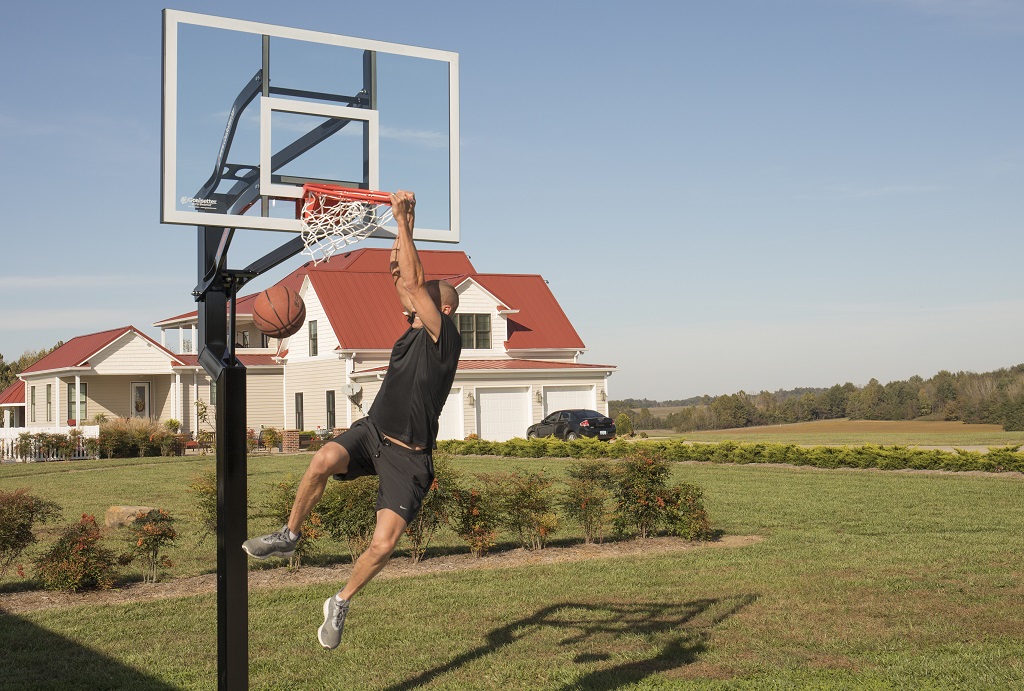Even the best NBA players are susceptible to committing traveling violations. That extra step can mean losing a point as the referee gives the ball to the other team. With that in mind, how many steps is a travel violation in basketball?
Referees can call out players for traveling if they take too many steps without dribbling the ball. The rule of thumb is that any player is only allowed to take two steps without dribbling. The next step taken is a travel.
However, the rules about traveling are more than the seemingly simple concept of taking an extra step without dribbling. In this article, you’ll understand the essential things about traveling so you can avoid getting this violation.
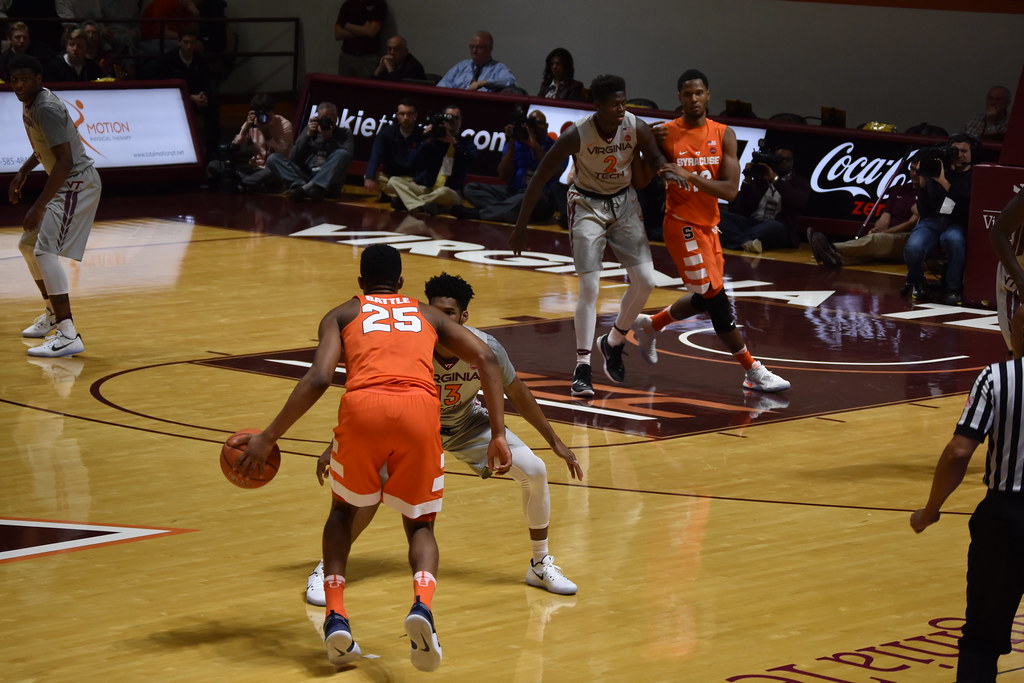
Traveling is a basketball violation wherein the player is in holding the ball but not dribbling. This foul results in a turnover, which means the ball goes to the opposing team.
According to Section XIII of the official NBA rules, traveling can happen in different styles. These instances include:
- A player using either foot as the pivot foot
- A player taking an extra step after making two consecutive steps without dribbling
- A player starting a dribble after receiving the ball while standing still but the ball is still in the player’s hand while the pivot foot is already off the floor
- A player dribbling or gaining control of the ball while consecutively landing on the same foot
Traveling violations are quite common in different basketball leagues. Both professional, college, and neighborhood associations will have players committing to traveling mistakes more often than other types of fouls.
The reason behind this frequency is because it can be difficult to control the body’s movement after making split-second decisions. If some parts of the body won’t be in sync with the player’s thoughts, that individual can make dribbling or footing mistakes, resulting in the infraction.
You’ll know when the referee calls out a player for traveling if he makes circular movements with both hands. Some fans or even basketball coaches near the court will do the signal if they think a player made the foul.
What is a Pivot Slide in Basketball?
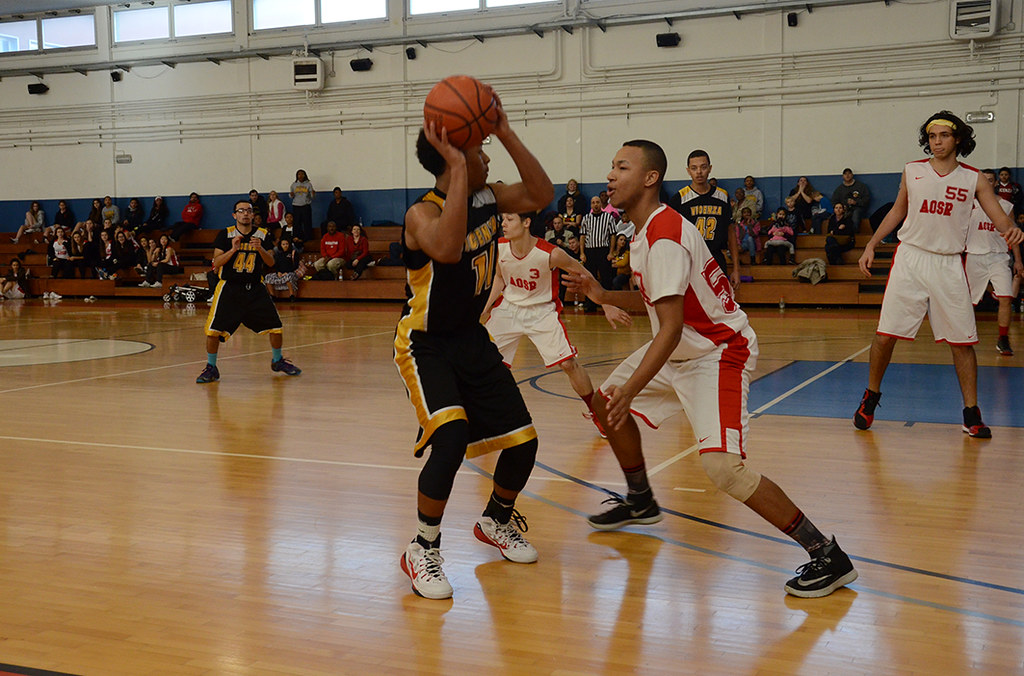
Before understanding the pivot slide, it’s important to know about pivoting first.
Pivoting occurs when the players don’t want a significant part of their weight to fall on their heels, which would otherwise cause imbalances. This instance also happens when a player changes the position of their foot so they don’t have a flat-footed stance.
The pivot foot’s ball should in contact with the floor every time. Further, this specific foot shouldn’t slide sideways. The player sliding the pivot foot will receive a traveling infraction called the pivot slide.
Kindly note that pivoting isn’t a cause for concern. If done correctly, this technique can help open opportunities to shoot. However, basketball players need to practice the move frequently for their bodies to become familiar with the proper action.
Proper pivoting in basketball requires the head and eyes facing forward. Looking at the feet while making the action can cause overthinking, increasing the risks of errors. Also, the knees should have a slight bend while the pivot point remains unchanged until the best moment arrives to change positions. Don’t forget to dribble the ball at the right moments to avoid getting called for traveling.
What is Early Step in Basketball?
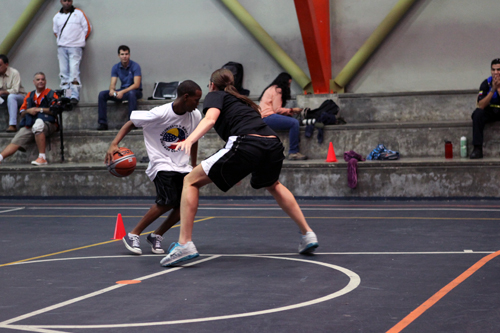
Early stepping is another type of traveling violation in basketball. It occurs when the player makes a step while lifting the pivot foot while the ball is still in the hand. It’s also one of the most common traveling infractions basketball players can receive since they don’t think they’re guilty of the charge until they see the replay highlights.
What is Up and Down in Basketball?
Up and down is another traveling violation but it doesn’t involve taking an extra step before standing, walking, or running. This type of traveling foul occurs when a basketball player jumps with the ball but doesn’t release it. Instead, that individual comes down with the ball, which will result in the referee calling out the player for the infraction.
However, don’t confuse up and down traveling with the ball being air-balled. An air-balled basketball means a player attempted a shot but it doesn’t hit any part of the ring, including the backboard. It’s because the player still released the ball. But since the ball was already out of anyone’s control as it’s airborne, it won’t count as a travel.
Another misconception is when one player blocks the shot. Then, both the offensive and defensive players go down with their hands on the ball. This instance isn’t an up and down traveling foul but a jump ball.
Also, if a defending player blocks an offensive player that’s attempting a jump shot, but only one hand of the defending player is on the ball upon going down, it is not an up and down violation but a block. The game proceeds normally when this event happens.
What are Three-Point Steps in Basketball?
A three-point step violation occurs when a player controlling the ball is in front of the three-point line and steps outside the line in an attempt to shoot but doesn’t dribble beforehand. Additionally, the player needs to lift the pivot foot for the referee to call the infraction.
What is a Rebound Shuffle in Basketball?
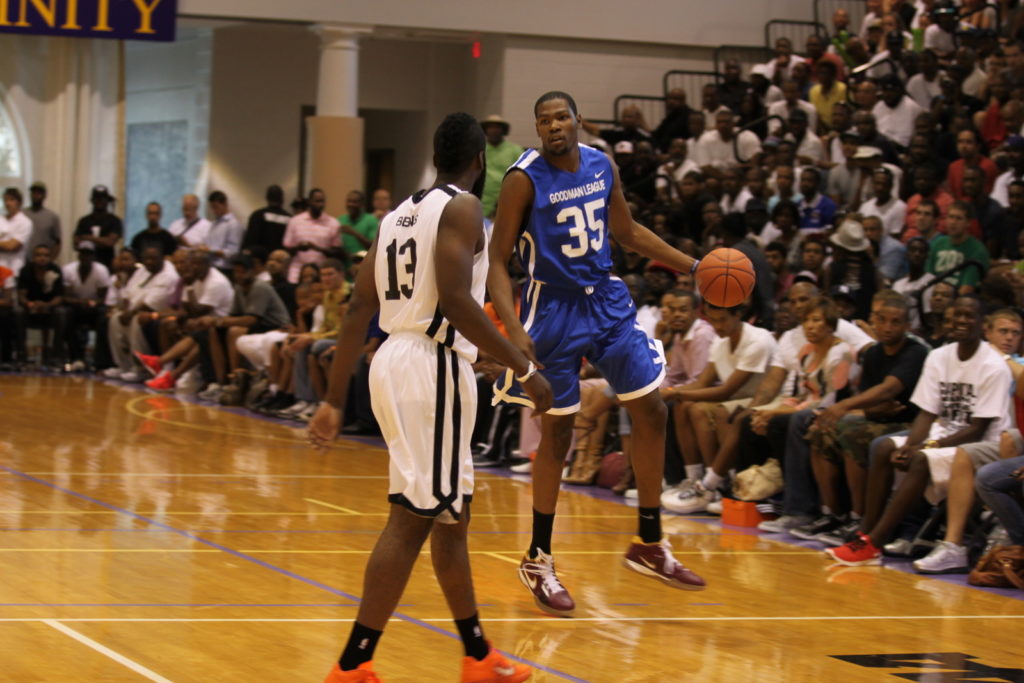
If a player shuffles his feet upon reaching the floor after a rebound, this scenario is a traveling foul. Basketball players can also receive the violation if he switches their feet off the floor before landing.
How to Avoid Traveling in Basketball?
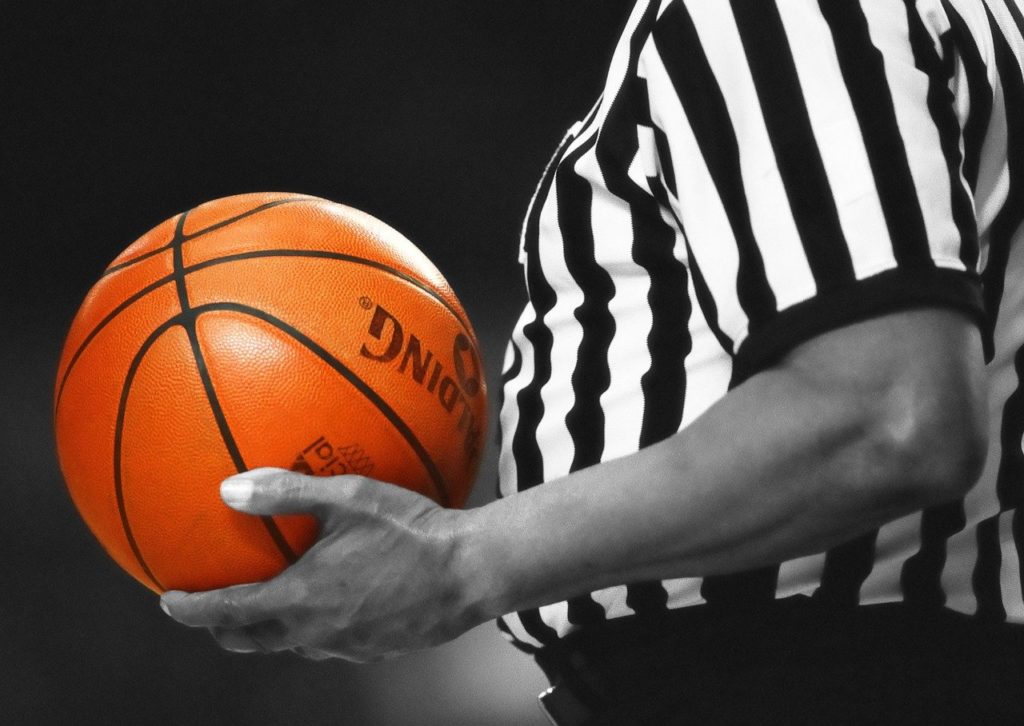
Stopping traveling violations is easier said than done. Some NBA players get caught off-guard when they do the violation.
One example is when Russell Westbrook was still with the Oklahoma City Thunder. In one game, he walked for several steps while the ball is still in his hand. This happened in the 2016 to 2017 season when Westbrook received the basketball after teammate Victor Oladipo gave it to him during a reset. Westbrook was oblivious to the foul until the referee called him out for the violation.
Thankfully, basketball players can practice certain drills to reduce the risks of traveling fouls.
Jump Stop Catch
Basketball players can practice pivoting with one foot while moving in one spot. It’s because many basketball athletes, regardless if they’re amateurs or professionals, pivot using their weaker foot more often than usual. Therefore, pivoting using either foot is essential to opening shooting opportunities for players while reducing the risks of getting charged with traveling fouls.
Catching the ball during a jump stop enhances a player’s skill to halt quickly before jumping for a shot. It also allows an athlete to train their minds to maintain focus on their body’s movements.
Jump-stopping also helps players come to a complete stop when landing on both feet. Failure to do this can result in shuffling the feet, which can lead to a traveling foul.
Here are some training drills you can do to help you master this skill:
- Practice keeping the knees bent and the head up while making small jumps.
- Do a jump after dribbling.
- Run and do a jump vertically without holding a basketball.
- Jump stop after receiving a pass.
Do these drills frequently to instill the moves into your body. Over time, it will become second nature for you to come to a full stop before jumping to reduce travel charges.
Jab Step
The jab step is a basketball move wherein a player drives makes a fake step to the basket before swiftly moving in the opposite direction. Jab step training is important since it promotes opportunities for the defenders of opposing teams to lower their guards.
However, if done incorrectly, the player attempting to jab step can receive a traveling violation. It’s because this move needs a pivot foot for it to work.
Practice jab-stepping by squatting as low as possible when making the move. If a player is mostly vertical, the athlete will lack balance and explosiveness, causing high risks of traveling. Also, aim to fake at a 45-degree angle with both feet. Overextending can lead to a raised foot, which, in turn, leads the player to receive a traveling call from the referee.
Three-Step Transition
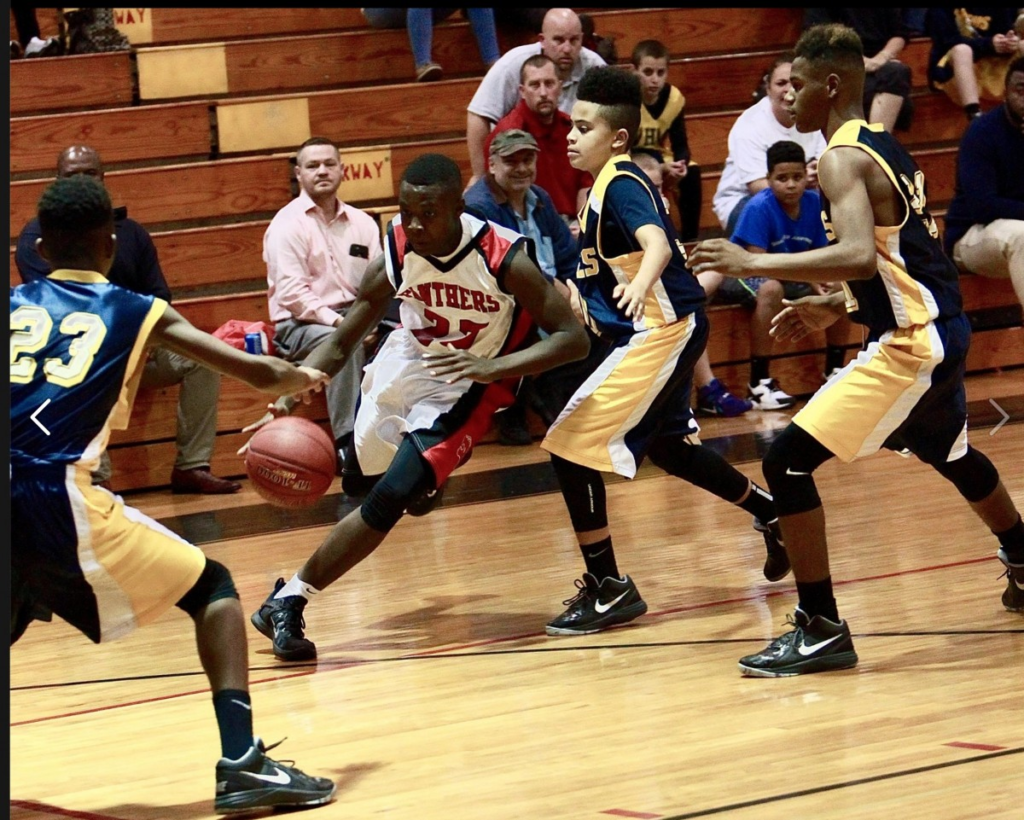
Transitioning in basketball refers to the change from defense to offense or offense to defense. The moves under this skill are quite vast, such as aggressive fast-breaks and walk-it-up-floor transitions.
However, many players prefer to transition quickly, which leads to encountering more mistakes than intended. Instead, do the transitioning in three steps.
Visualize the upcoming move in your mind and break it does into three actions. That way, you’ll commit to fewer errors, specifically traveling charges.
Final Words
Traveling is a common infraction in basketball. Beginners and veteran players can commit to this mishap, which results in several turnovers and lost points.
Avoiding traveling fouls means understanding its different types, such as pivot slides and early steps. Furthermore, training the body by practicing specific drills will help reduce the occurrences of these violations.





